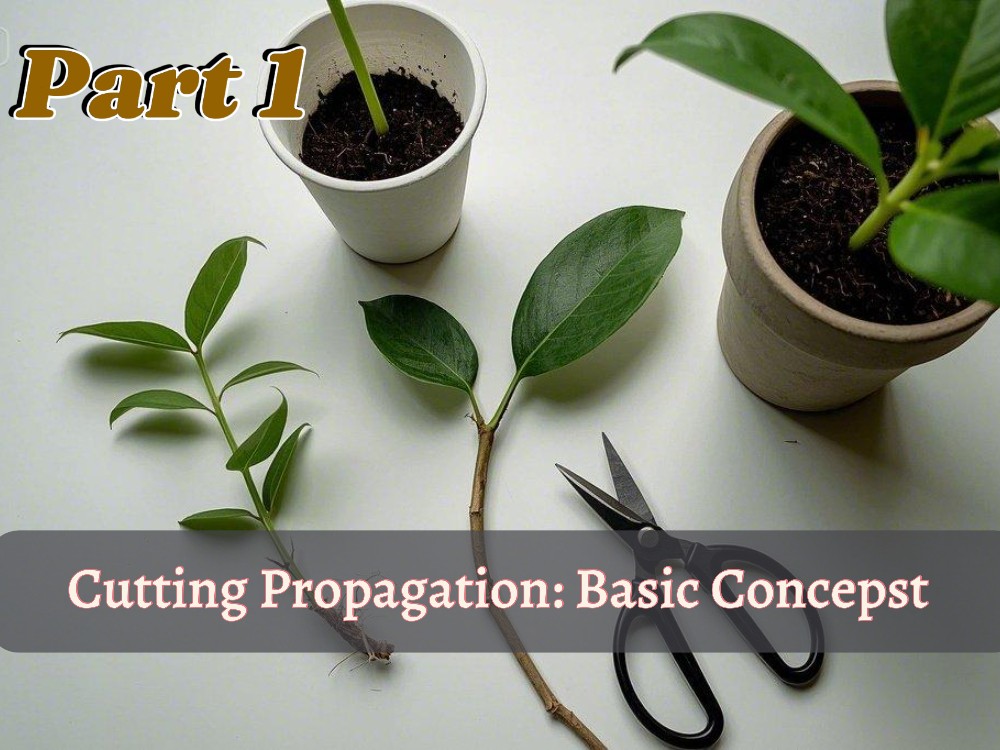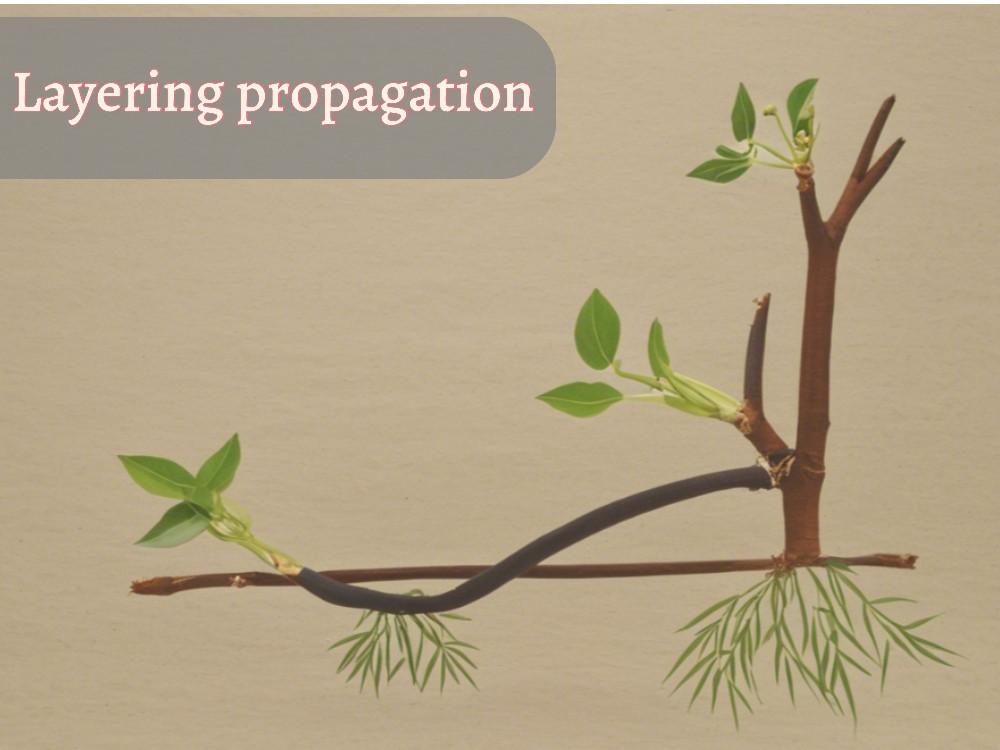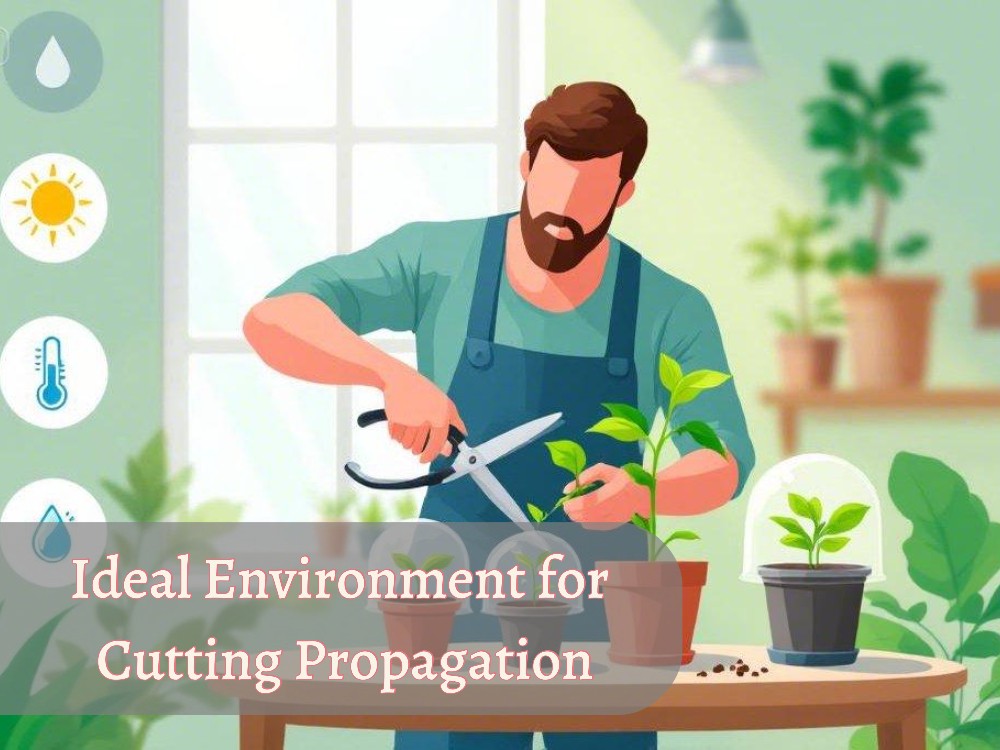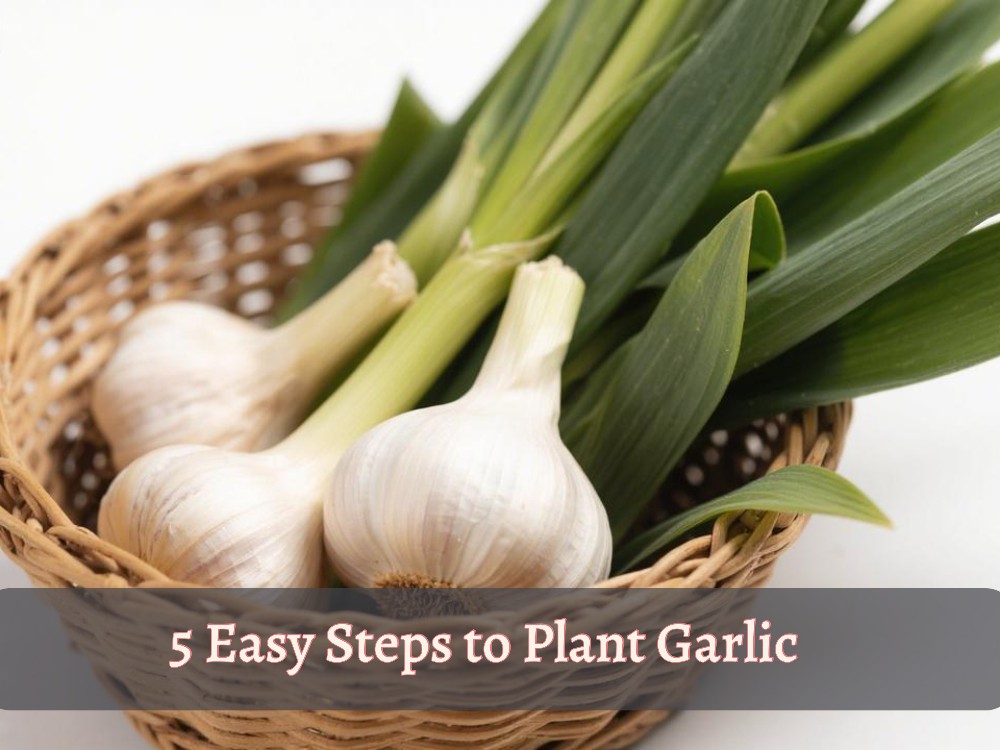Cutting propagation is a simple but sophisticated technique for growing new plants. It is part of vegetative propagation, which includes cutting a non-productive part of the plant and keeping it in a specific condition to produce a new plant. Cutting propagation is straightforward and offers quicker results than division and grafting.
Cutting propagation can be a bit challenging compared to layering. You need to pay attention, while layering propagation involves simply bending the stem underground by taking and attaching it from the parent plant. However, all propagation methods are for specific plants depending on their suitable preference.
Analyzing the Scientific Secret Behind Cutting Propagation
The main basement is Totipotency in the cutting propagation. Totipotency is the ability of each plant’s cells to create a whole new plant. Its cells having Totipotency properties inside are activate, when we cut a stem or leaf and keep it in soil or water.
Another key hormone in plants, Auxin, plays a fundamental role in producing roots. When we plant the cutting in the soil, it starts forming roots naturally, and sometimes, we need to apply rooting hormone artificially, which is available in the form of a powder in the market. Explore here the scientific secret behind cutting propagation!
Why Use Cutting Propagation? (Benefits & Limitations)
The choice of cutting propagation is not only based on just one reason but on several benefits. Commercial gardeners or nursery owners generally adopt this method due to its low cost and high yield, while home gardeners mostly choose cutting propagation due to ease and the ability to produce clones of mother plants.
However, like other propagation, it has both advantages and limitations;
✅Advantages of Cutting Propagation
Identical Clone Develop
Plants grown from seeds may have genetic variations, while a plant cultivated from cuttings is genetically analogous to the mother plant, meaning it has the same specific size, shape, color, and qualities.
Fast and Easy Way
Seeds take time to germinate, because gardeners take cuttings from mature plants that have already established their growth, increasing the survival rate.
Seedless Plant Growth
If the seeds of a plant are not available, they do not germinate, or the plant does not produce seeds at all, gardeners easily propagate through cuttings .
Premium Plants Offered
Since plants grown from cuttings are like mothers, if the mother plant has high qualities, bears more fruits, or produces beautiful flowers, making copies of the same plant maintains the unique traits and gives the best results.
Cost-Effective Production
There is no need to buy seeds; you can grow new plants using several cuttings from the same mother plant. Large nursery owners use this method to grow large quantities of identical plants, leading to higher yields.
All-Weather Adaptability
Some plants produce seeds in a specific season, but as the types of cutting propagation make clear, they can be taken at any time, providing the opportunity to plant continuously in the nursery or garden.
Do you know? Cuttings can produce a larger number of plants, but not as many as seeds are a natural and faster method, while cuttings produce more plants in a specific, controlled amount. Nurseries use cuttings mostly for plants that are difficult to grow from seed where the same type of plant is not available or a similar clown is necessary.
⚠️Limitation of Cutting Propagation
Not Work at All Plants: Cutting propagation is not effective for all plant types. Some plants, especially hardwood trees such as oak, maple, or pine, do not root from cutting or can require specific conditions. To save your time and hard work, understand which plants are best for cutting propagation.
Delayed Rooting
Cutting propagation is indeed faster than seed propagation, but some plants take root quickly from cuttings, while others may take weeks or months. It all depends on the ability of the cutting to form roots. 👇 For example, cutting roses is relatively easy, while cuttings of cypress or snobbery may require more time and special attention.
Need Extra Care
Cuttings require ideal conditions, especially in the early stage to form roots. You need to maintain balance in light, temperature, humidity, and other environmental factors, and that too according to targeted plant growth preference.
Explore how environmental factors affect plant growth traits!
Limited Plant Growth
Many plants can be grown through seeds while cutting propagation produces a limited number of plants. For example, if a plant has 500 buds, 300 to 400 new plants can grow from them, while a maximum of 10 or 20 cuttings can be taken from a mother plant.
Higher Disease Risk
If the mother plant is sick, its disease can also be transmitted to the cuttings. Cuttings with viruses and fungal infections can spread the disease further, so always choose a mother plant that is free from disease. Always use clean materials for plant propagation to prevent disease issue.
Low Success Rate
Many cuttings will not take root and will die in unsuitable conditions. Some plants, such as avocados or cherries, are very difficult to grow from cuttings and often fail. Delicate plants require more care such as eggplants or tomatoes, as their cuttings often rot. Therefore, it is important to provide the ideal environment for your chosen plant and cutting propagation.
Requires Rooting Hormones for Some Plants
Some plants may have a reduced ability to form roots, especially hardwoods or slow-rooting plants, so rooting hormones may be required, which can be expensive.
No genetic variation
Plants grown through cuttings may undergo genetic changes, making some more powerful, more beautiful, or more fruitful. However, in a cutting propagation, each new plant is exactly like the mother plant, with no new improvements or changes. If the mother plant does not have resistance to a disease, the cutting may also suffer from this problem.
Which Plants are Best Suited for Cutting Propagation?

Plants that have the strong ability to develop new roots from their non-productive parts like stem, leaf, or roots are best suited for cutting propagation. Usually, soft-stem plants such as mint and coleus, semi-hardy plants like rosemary and hydrangea, and hardwood such as clematis and rubber plants can be easily propagated by cuttings.
However, I am doing much more in-depth research on what are the characteristics and capabilities based on which we can decide which plant is truly suitable for cutting propagation. here is the complete guide to check plant ability for cutting propagation. But for now, here is the plant’s list on which you can do cutting propagation; just don’t forget to read our whole series of cutting propagation to get more knowledge!
| Mint | Basil |
| Coleus | Rosemary |
| Lavender | Hydrangea |
| Rose | Rubber Plant |
| Bougainvillea | Fig Tree |
| Grapevine | Blueberry |
| Jade Plant | Snake Plant |
| Pothos | Geranium |
| Thyme | Camellia |
| Honeysuckle | Currant |
| Philodendron | ZZ Plant |
| Willow Tree | Boxwood |
| Eucalyptus | Peperomia |
| Chrysanthemum | Fuchsia |
| Hibiscus | Lantana |
Common Myths About Cutting Propagation (Misconceptions Debunked!)
Have you ever thought that just placing a cutting of any plant in water will root it, or do you believe that the rooting hormone is essential for planting cuttings for every plant? If yes, then you are probably also a victim of common misconceptions about cutting propagation.
Myth 1: Each Plant can be Grown from Cutting
This misconception is most common; Only plants that can root from their branches or leaves can be grown from cuttings, such as money plants, roses, rosemary, and bougainvillea. All these propagations that have been created are designed for those plants that can suit this propagation.
Myth 2: Cutting Can Not Root Without Rooting Hormone
Really? 🤔 No, that’s also a misconception! Rooting hormone can stimulate root growth, but it’s not necessary for every plant. Many plants, such as money plants, spider plants, and mint, will root on their own without any additional help, just by keeping them in water or moist soil.
So, the reality is that rooting hormone is more helpful for plants that naturally take longer to form roots, such as roses and lavender.
Myth 3: One Propagation Method Works For All Cuttings
It’s just like saying that there is only one cure for every disease! 😅 The fact is that there are different methods of cutting propagation, and each plant grows differently according to its nature.
Reality:
- Stem cuttings: Best for plants like rosemary, roses, and lavender.
- Leaf cuttings: Plants like snake plants (Sansevieria) and begonias grow from leaves.
- Root cuttings: Best for plants like horseradish and figs.
Myth 4: Season Has No Effect On Cutting Propagation
It is completely wrong! Each plant has a specific season that is more suitable. Most softwood cuttings are best propagated in spring or summer, while hardwood cuttings are best propagated in fall or winter. Choosing the right season increases the chances of cutting propagation success!
Myth 5: Once A Cutting Root, It Can be Transplanted immediately
This is also a hasty thing that most people do! 😅 When the roots of the cuttings are too small, they can suffer transplant shock and die after being planted in soil. Only transfer them to the soil when the roots have grown to a suitable length (at least 2-3 inches)
Finalizing The First Part: Wait for The Next Part
It was the first part of our series on Cutting propagation, in which we discussed the basic concept including, cutting propagation, the scientific secrets behind it, its benefits, and five common myths about cutting propagation.
Our next parts are ongoing and take a little time!
What will be in part 2?
In the next step, we will discuss the different types of cuttings, such as Stem Cuttings, Leaf Cuttings, and Root Cuttings, and which plants they are best for. If you want to learn more about Cutting Propagation, be sure to read the next part, because this journey is not over yet.
Here is the part 2 of cutting propagation series!
If you have any questions or any opinions, please comment or contact us, we are dedicated to providing valuable and accurate information to you!






